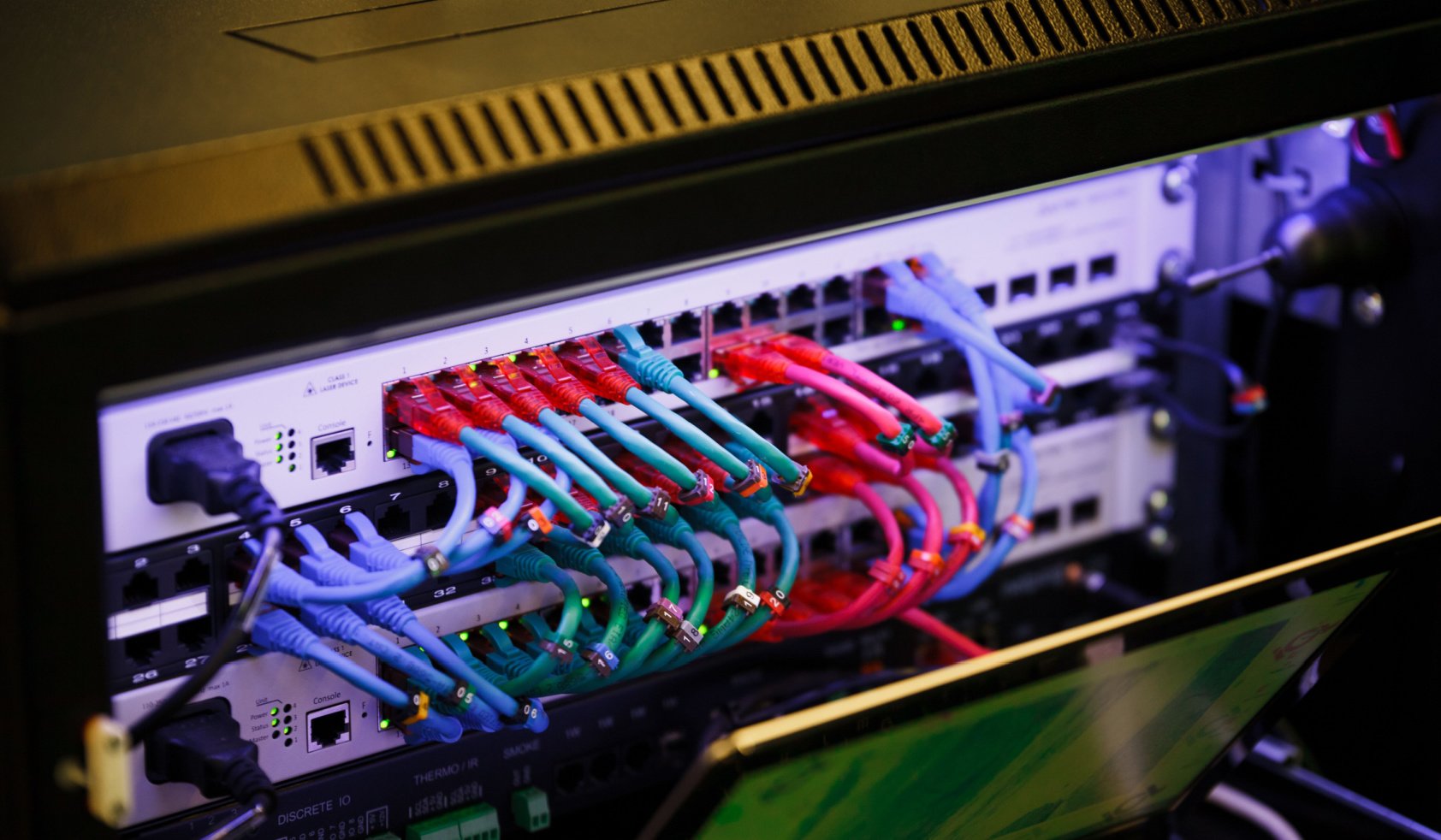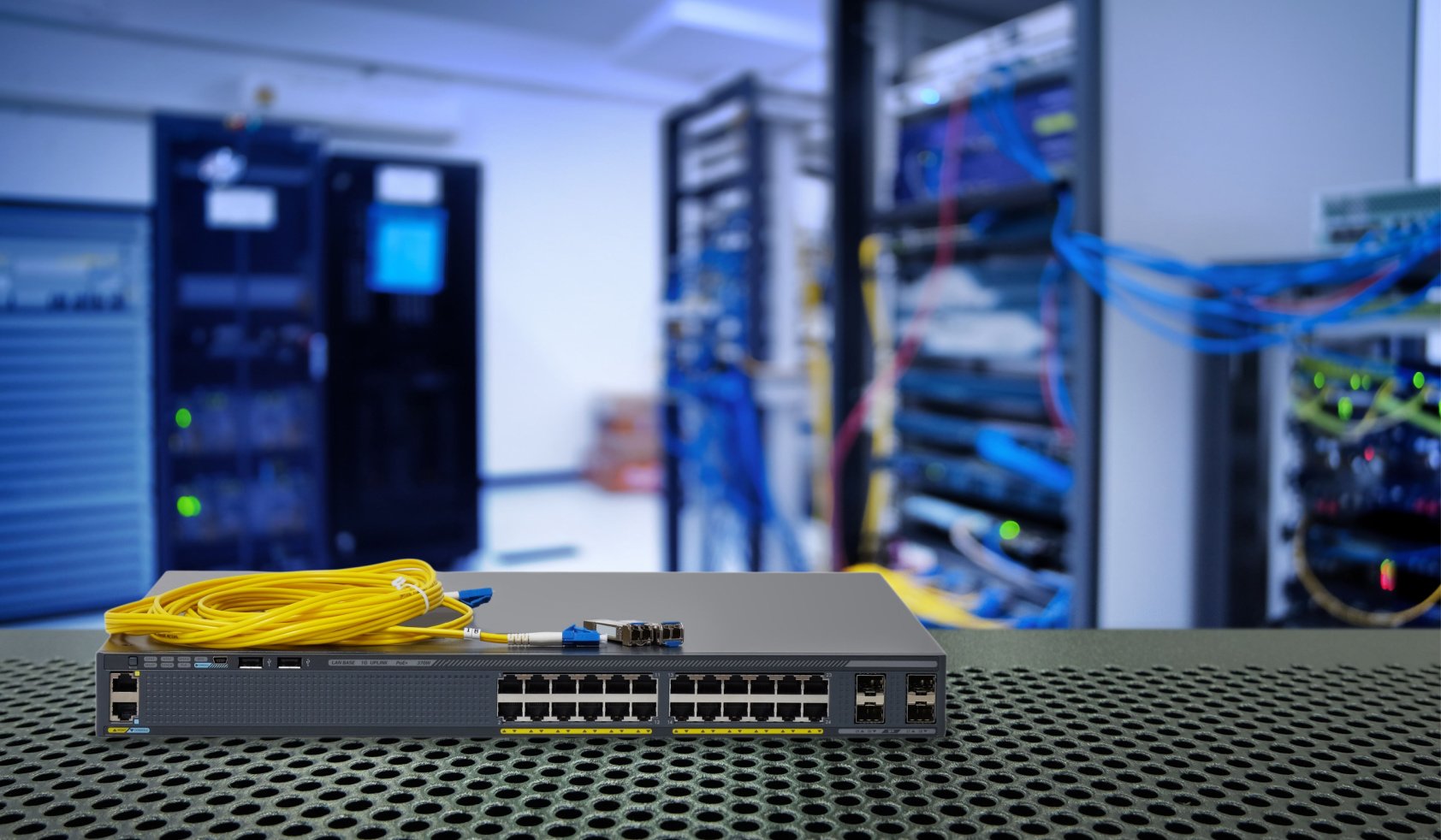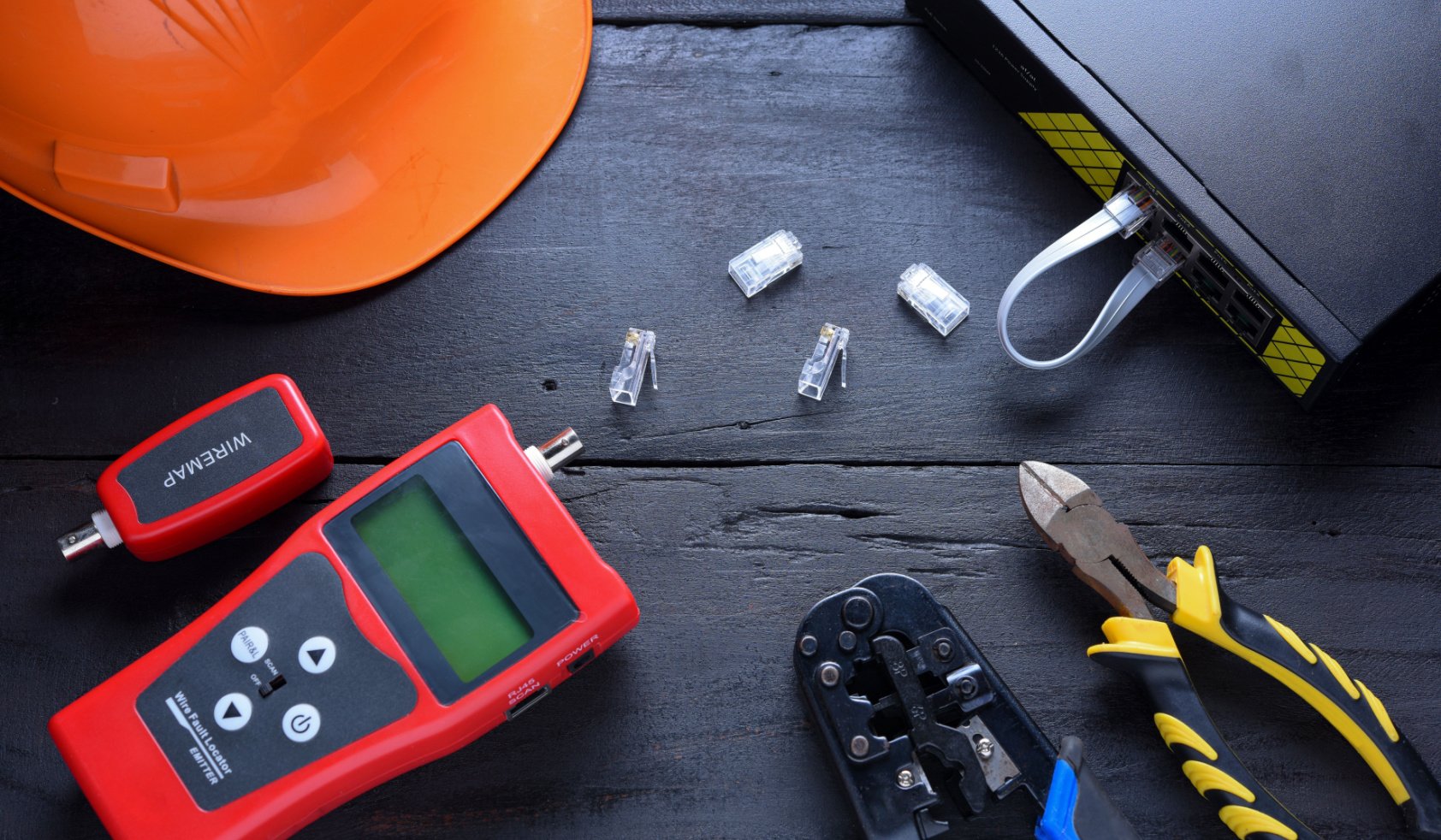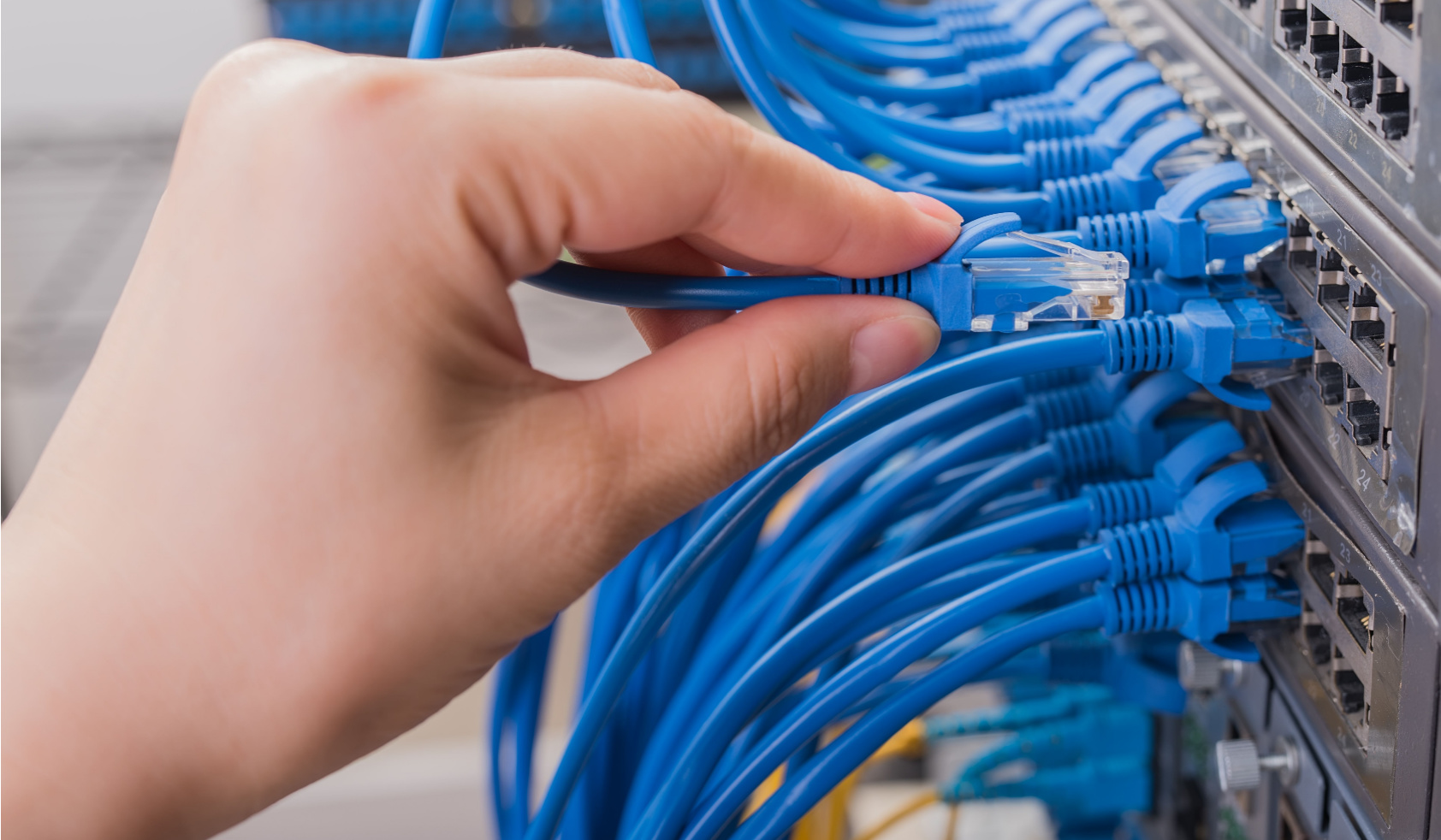The first step to securing your future
Protecting your people and premises is as important to us as it is to you. Whatever your security requirements, we’re with you every step of the way.

ComNet

Thought leadership

Secure Comms Network & Server Solutions

Secure Comms Network & Server Solutions

Thought leadership

Secure Comms Network & Server Solutions

Secure Comms Network & Server Solutions

Secure Comms Network & Server Solutions

Secure Comms Network & Server Solutions

